-
 Bitcoin
Bitcoin $118400
0.47% -
 Ethereum
Ethereum $3836
2.20% -
 XRP
XRP $3.157
2.98% -
 Tether USDt
Tether USDt $0.9999
-0.03% -
 BNB
BNB $801.5
1.31% -
 Solana
Solana $180.9
2.07% -
 USDC
USDC $0.9999
-0.02% -
 Dogecoin
Dogecoin $0.2225
2.50% -
 TRON
TRON $0.3285
-1.02% -
 Cardano
Cardano $0.7789
2.60% -
 Hyperliquid
Hyperliquid $43.60
2.39% -
 Sui
Sui $3.892
4.41% -
 Stellar
Stellar $0.4229
3.34% -
 Chainlink
Chainlink $18.01
3.98% -
 Hedera
Hedera $0.2745
6.77% -
 Bitcoin Cash
Bitcoin Cash $582.3
3.38% -
 Avalanche
Avalanche $23.77
1.04% -
 Ethena USDe
Ethena USDe $1.001
0.01% -
 Toncoin
Toncoin $3.493
3.59% -
 Litecoin
Litecoin $110.0
2.48% -
 UNUS SED LEO
UNUS SED LEO $8.936
-0.37% -
 Shiba Inu
Shiba Inu $0.00001304
2.49% -
 Uniswap
Uniswap $9.999
1.09% -
 Polkadot
Polkadot $3.897
3.26% -
 Monero
Monero $308.6
-0.83% -
 Dai
Dai $0.9999
-0.01% -
 Bitget Token
Bitget Token $4.504
-0.04% -
 Pepe
Pepe $0.00001154
2.95% -
 Cronos
Cronos $0.1471
3.06% -
 Ethena
Ethena $0.6691
19.53%
Yang Baoyin reversal pattern + volume mild amplification buying point
The Yang Baoyin reversal pattern signals a bullish turnaround in crypto markets when a green candle fully engulfs a prior red candle, especially with rising volume and oversold RSI, offering a high-probability buy setup near key support levels.
Jul 30, 2025 at 09:42 am
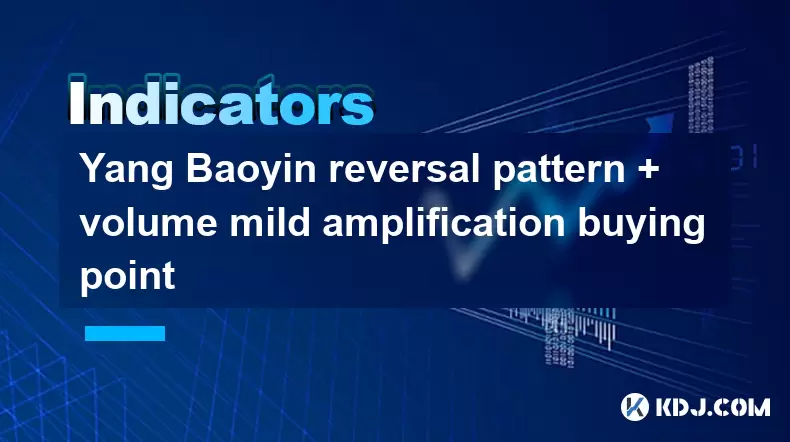
Understanding the Yang Baoyin Reversal Pattern in Cryptocurrency Trading
The Yang Baoyin reversal pattern is a lesser-known but effective candlestick formation used by technical traders in the cryptocurrency market. It originates from traditional Japanese candlestick analysis and is particularly useful in identifying potential bullish reversals after a downtrend. The term "Yang" refers to a bullish (white or green) candle, while "Baoyin" means "embracing the bearish," indicating that the bullish candle completely engulfs the previous bearish one. This pattern signals a shift in market sentiment from selling pressure to buying dominance.
To identify a Yang Baoyin reversal, traders must observe two consecutive candles. The first candle is a bearish (red) one, indicating ongoing downward momentum. The second candle is a bullish (green) candle whose body completely covers or engulfs the body of the prior bearish candle. The engulfing must occur on the candle body level — not necessarily the wicks. This formation suggests that buyers have stepped in aggressively, overpowering the sellers and potentially reversing the trend.
The strength of the Yang Baoyin pattern increases when it appears at key support levels, such as previous swing lows, Fibonacci retracement zones, or long-term moving averages like the 200-day MA. Traders often combine this pattern with horizontal support/resistance levels or trendline breaks to improve the accuracy of their entries.
Role of Volume in Confirming the Yang Baoyin Signal
Volume plays a critical role in validating the authenticity of the Yang Baoyin reversal pattern. A genuine reversal is typically accompanied by a noticeable increase in trading activity. In this context, volume mild amplification refers to a moderate but clear rise in volume during the formation of the engulfing bullish candle. This indicates that new buyers are entering the market, supporting the idea of a sustainable reversal.
To assess volume effectively:
- Compare the volume of the bullish engulfing candle with the average volume of the preceding 5–10 candles.
- Look for a volume bar that is visibly higher than recent levels, but not necessarily an extreme spike.
- Avoid patterns where volume remains flat or declines during the engulfing candle, as this may suggest a lack of conviction.
Many traders use volume indicators such as the On-Balance Volume (OBV) or Volume Weighted Average Price (VWAP) to confirm accumulation during the reversal. A rising OBV line during the Yang Baoyin formation adds confidence that institutional or smart money is accumulating positions.
Identifying the Optimal Buying Point with Volume Confirmation
The buying point in a Yang Baoyin setup should not be triggered immediately upon candle close. Instead, traders should wait for confirmation in the next candle to avoid false signals. The ideal entry occurs when the following conditions are met:
- The bullish engulfing candle closes above the midpoint of the prior bearish candle.
- The next candle opens higher or consolidates within the range of the engulfing candle.
- Volume on the confirmation candle remains stable or increases slightly.
Entry strategies include:
- Placing a limit order at the close of the engulfing candle once the next candle opens favorably.
- Using a market order if the price continues to rise with strong volume in the confirmation phase.
- Setting a stop-loss just below the low of the engulfing candle to manage downside risk.
It is essential to avoid entering during high volatility events such as major news releases or exchange outages, as these can distort volume and price action.
Combining Yang Baoyin with Technical Indicators for Precision
To enhance the reliability of the Yang Baoyin reversal pattern, traders often integrate it with other technical tools. One effective combination is using Relative Strength Index (RSI) to detect oversold conditions. A Yang Baoyin forming when RSI is below 30 increases the likelihood of a valid reversal.
Another useful tool is the MACD (Moving Average Convergence Divergence). A bullish crossover of the MACD lines coinciding with the engulfing candle strengthens the signal. Additionally, traders may use Bollinger Bands to assess volatility contraction before the reversal — a squeeze followed by a breakout candle aligns well with the Yang Baoyin pattern.
Support from moving averages such as the 50 EMA or 200 EMA acting as dynamic support can further validate the setup. For example, if the engulfing candle bounces off the 200 EMA with rising volume, the probability of a sustained upward move increases.
Practical Example: Applying the Strategy on a Crypto Chart
Consider a scenario on the BTC/USDT 4-hour chart. Bitcoin has been in a downtrend, making lower lows for several days. A red candle forms with a closing price at $60,000. The next candle opens at $60,200 and closes at $61,500, completely engulfing the prior red candle’s body. This is a textbook Yang Baoyin pattern.
Now, check the volume: the green candle shows a 1.5x increase compared to the average of the last eight candles. RSI is at 28, indicating oversold conditions. MACD histogram begins to turn upward. The price is also near the 200 EMA, which has acted as support in the past.
In this case:
- The buying point is set at $61,500 (close of the engulfing candle).
- A stop-loss is placed at $59,800 (below the low of the engulfing candle).
- Take-profit levels can be set using Fibonacci extensions or recent swing highs.
This multi-layered approach ensures that the trade is not based on a single signal but on converging evidence from price, volume, and indicators.
Common Pitfalls and How to Avoid Them
One major mistake is acting on a false Yang Baoyin pattern that lacks volume support. Some candles may appear to engulf but occur during low liquidity periods, such as weekend trading in crypto markets. Always verify volume context.
Another issue is ignoring the broader market trend. A Yang Baoyin in a strong bear market may only lead to a temporary bounce, not a full reversal. Traders should assess whether the pattern appears within a larger consolidation zone or at a key breakout point.
Overtrading is also a risk. Not every engulfing candle is a Yang Baoyin — only those that meet strict criteria should be considered. Discipline in filtering setups improves long-term profitability.
FAQs
What is the difference between Yang Baoyin and a regular bullish engulfing pattern?
The Yang Baoyin reversal pattern is essentially a bullish engulfing pattern, but the term emphasizes the psychological shift from bearish to bullish dominance. In crypto trading, the focus on volume amplification and contextual confirmation makes Yang Baoyin a more refined version of the basic engulfing setup.
Can the Yang Baoyin pattern appear on lower timeframes like 15-minute charts?
Yes, it can appear on 15-minute or even 5-minute charts, but signals on lower timeframes are more prone to noise and false breakouts. It is advisable to use higher timeframes (1H, 4H, daily) for stronger, more reliable signals, and use lower timeframes only for fine-tuning entries.
How long should I hold a position after entering on a Yang Baoyin signal?
Holding duration depends on the timeframe and target levels. On a 4-hour chart, traders may hold for several candles until reaching a resistance zone or observing signs of exhaustion like long upper wicks or volume decline. Always follow your predefined risk-reward ratio and exit plan.
Does the Yang Baoyin work in sideways markets?
It can appear in ranging markets, but its effectiveness as a reversal signal diminishes without a clear prior trend. In consolidation phases, engulfing candles often lead to false breakouts. The pattern performs best after a clear downtrend with momentum.
Disclaimer:info@kdj.com
The information provided is not trading advice. kdj.com does not assume any responsibility for any investments made based on the information provided in this article. Cryptocurrencies are highly volatile and it is highly recommended that you invest with caution after thorough research!
If you believe that the content used on this website infringes your copyright, please contact us immediately (info@kdj.com) and we will delete it promptly.
- Ozak AI: Can This Underdog Crypto Achieve a Bull Run to $1?
- 2025-07-31 22:30:12
- Coinbase Breach: Navigating Insider Risk and Bolstering Security
- 2025-07-31 23:11:55
- Bitcoin Rebounds, WeWake Presale Gains Traction: What's the Buzz?
- 2025-07-31 22:30:12
- Bitcoin, Altcoins, and Volume Watchlists: Decoding the Crypto Landscape
- 2025-07-31 23:11:55
- Tron, Fartcoin, and BlockchainFX: What's Trending (and What's Not) in the Crypto World
- 2025-07-31 21:32:19
- Bitcoin, Corporate Investments, and Sustainability: A New Era or Fleeting Fad?
- 2025-07-31 20:50:14
Related knowledge

How can you use the MACD histogram to determine trend strength?
Jul 31,2025 at 11:10pm
Understanding the MACD Histogram and Its ComponentsThe MACD (Moving Average Convergence Divergence) histogram is a visual representation of the differ...
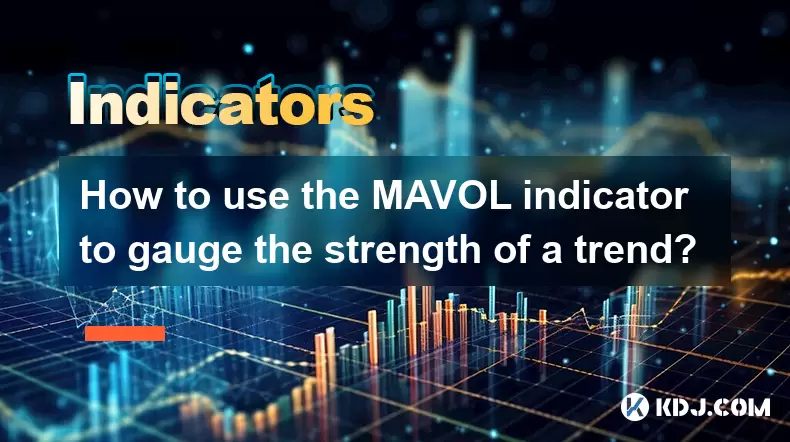
How to use the MAVOL indicator to gauge the strength of a trend?
Jul 31,2025 at 09:57pm
Understanding the MAVOL Indicator in Cryptocurrency TradingThe MAVOL indicator, short for Moving Average of Volume, is a technical analysis tool widel...
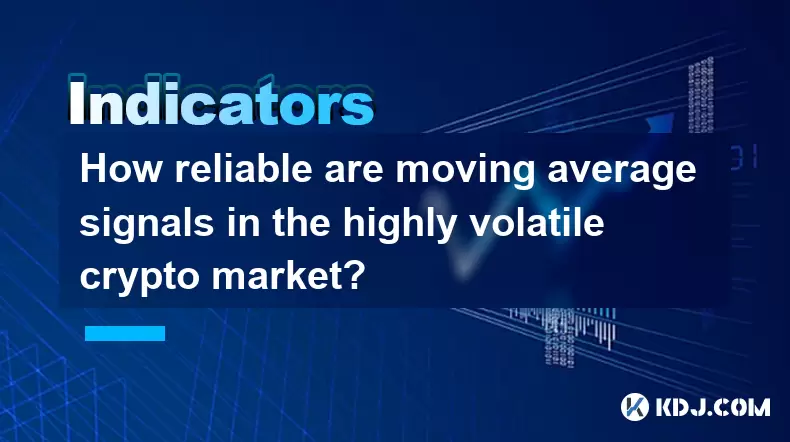
How reliable are moving average signals in the highly volatile crypto market?
Jul 31,2025 at 08:36pm
Understanding Moving Averages in Cryptocurrency TradingMoving averages (MAs) are among the most widely used technical indicators in the cryptocurrency...
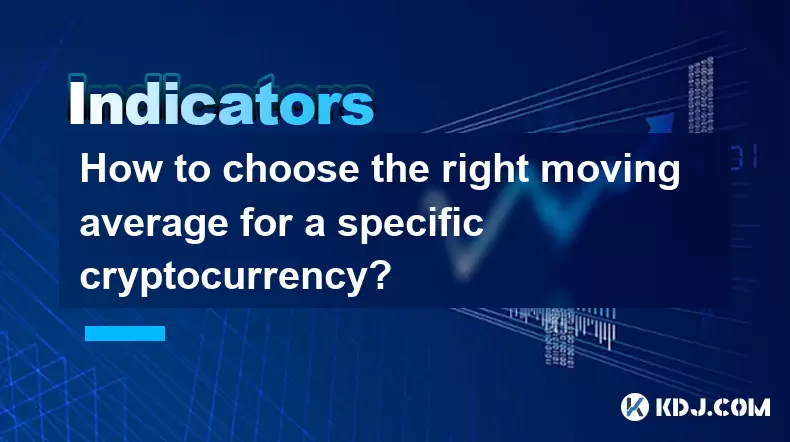
How to choose the right moving average for a specific cryptocurrency?
Jul 31,2025 at 10:29pm
Understanding the Role of Moving Averages in Cryptocurrency TradingMoving averages are foundational tools in technical analysis, widely used by crypto...
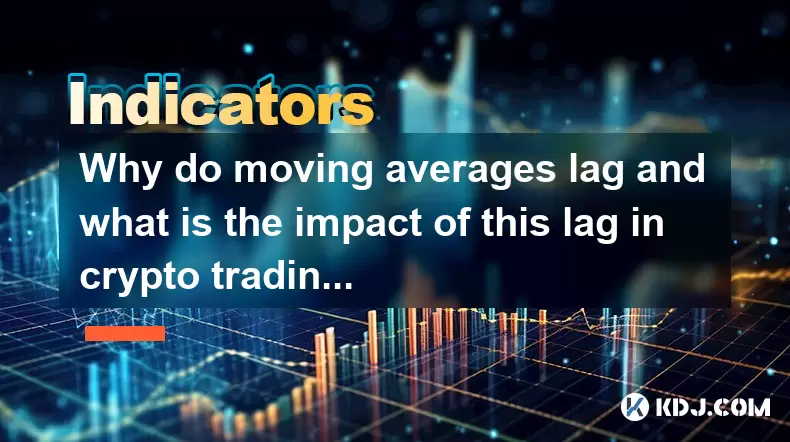
Why do moving averages lag and what is the impact of this lag in crypto trading?
Jul 31,2025 at 08:07pm
Understanding the Concept of Moving Averages in Crypto TradingMoving averages are among the most widely used technical indicators in cryptocurrency tr...
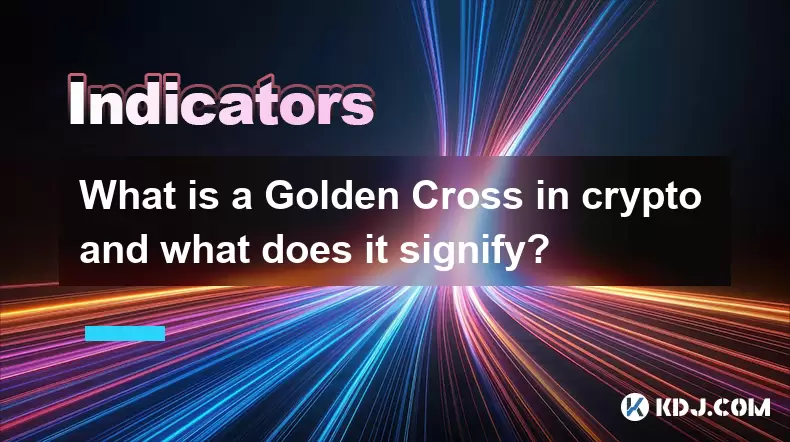
What is a Golden Cross in crypto and what does it signify?
Jul 31,2025 at 10:36pm
Understanding the Golden Cross in Cryptocurrency MarketsThe Golden Cross is a technical analysis pattern widely observed in cryptocurrency trading. It...

How can you use the MACD histogram to determine trend strength?
Jul 31,2025 at 11:10pm
Understanding the MACD Histogram and Its ComponentsThe MACD (Moving Average Convergence Divergence) histogram is a visual representation of the differ...

How to use the MAVOL indicator to gauge the strength of a trend?
Jul 31,2025 at 09:57pm
Understanding the MAVOL Indicator in Cryptocurrency TradingThe MAVOL indicator, short for Moving Average of Volume, is a technical analysis tool widel...

How reliable are moving average signals in the highly volatile crypto market?
Jul 31,2025 at 08:36pm
Understanding Moving Averages in Cryptocurrency TradingMoving averages (MAs) are among the most widely used technical indicators in the cryptocurrency...

How to choose the right moving average for a specific cryptocurrency?
Jul 31,2025 at 10:29pm
Understanding the Role of Moving Averages in Cryptocurrency TradingMoving averages are foundational tools in technical analysis, widely used by crypto...

Why do moving averages lag and what is the impact of this lag in crypto trading?
Jul 31,2025 at 08:07pm
Understanding the Concept of Moving Averages in Crypto TradingMoving averages are among the most widely used technical indicators in cryptocurrency tr...

What is a Golden Cross in crypto and what does it signify?
Jul 31,2025 at 10:36pm
Understanding the Golden Cross in Cryptocurrency MarketsThe Golden Cross is a technical analysis pattern widely observed in cryptocurrency trading. It...
See all articles

























































































